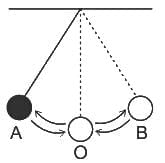MPTET Varg 1 Physics Mock Test - 2 - MPTET MCQ
30 Questions MCQ Test MPTET Varg 1 Mock Test Series 2025 - MPTET Varg 1 Physics Mock Test - 2
निम्नलिखित में से कौन-सा शब्द 'पति' का पर्यायवाची है?
'उत्तराधिकार में प्राप्त सम्पत्ति' - इन अनेक शब्दों के लिए एक शब्द है-
“अनुग्रह - अनुकंपा, आधि - व्याधि” इन समोच्चारित शब्दों के क्रमशः सही अर्थ वाली पंक्ति को चुनें?
Choose the most appropriate antonym of the underlined word given in the sentence below:
There was jubilation in the crowd as the winning goal was scored.
Choose the option that correctly sequences the following sentences.
1. People with severe gum disease are almost twice as likely to suffer from a heart attack or stroke.
2. However, one recent Belgian study found that when people with gum disease chewed food, bacteria were released into their bloodstream that could increase inflammation.
3. But researchers are still trying to find out if there is a cause-and-effect relationship.
4. Why this happens is yet unknown.
5. Even those with moderate gum problems have a higher rate of circulatory problems.
The following sentence has been split into four segments. Identify the segment that contains a grammatical error.
Each of the students were / present for / the valedictory session / that night.
Which of the following statements describe Piaget and Vygotsky's views on language and thoughts correctly?
A 220 V A.C. supply is connected between points A and B as shown in the figure. What will be the potential difference V across the capacitor?
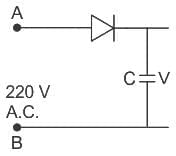
Which among the following statements is true about Huygen's principle
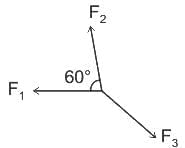
The magnitude of resultant forces F1 and F2 is
A wire of young modulus Y has length L and area A. Find the minimum force required to increase the length of wire by 'l'.
While teaching in a class Mayank ask a question on the equilibrium of particle as shown in the figure and ask the student to find the weight of a body, if T2 = 100 N. Shreya gives the correct answer. So, what is the answer given by Shreya?
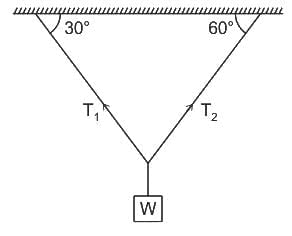
Which of the following processes are thermodynamically reversible?
If the net external torque on a rotating object is zero, Which of the following quantity will be constant?
Two coplanar concurrent forces of magnitude 3 kN and 4 kN makes an angle 60° with each other, then the magnitude of resultant is:
Which of the following law/principle has/have been applied to form the principle of hydraulic lift used to raise heavy loads?
Two coherent light sources having intensity in the ratio of 2x produce an interference pattern.
The ratio  will be :
will be :
A simple pendulum having bob of mass m and length of string l has time period of T. If the mass of the bob is doubled and the length of the string is halved, then the time period of this pendulum will be
Match List I with List II
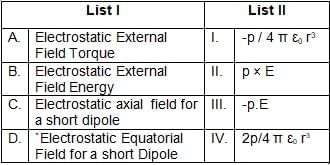
Choose the correct answer from the options given below:



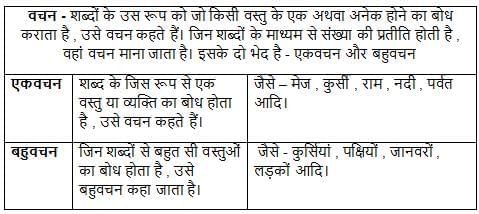
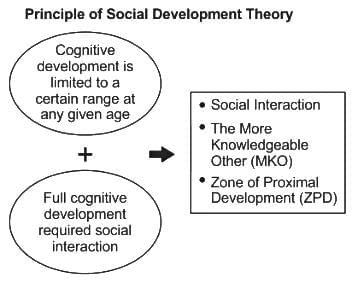


 , where, F= force, d= distance between the layers, A= cross-sectional area, v= velocity
, where, F= force, d= distance between the layers, A= cross-sectional area, v= velocity

 . . . . . . . . .(1)
. . . . . . . . .(1)
 . . . . . . . . (2)
. . . . . . . . (2)





 m/s
m/s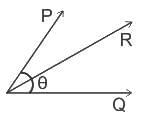

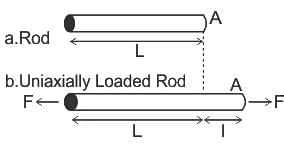





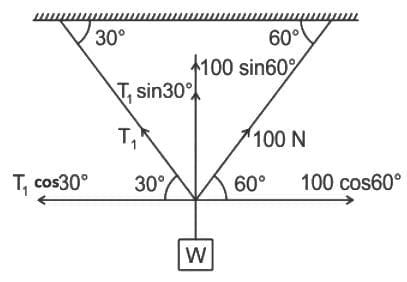
 = W
= W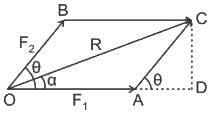


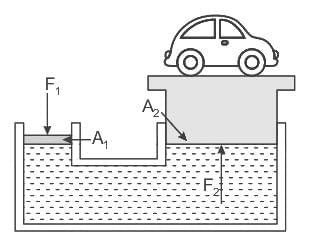

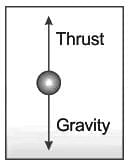







 , and
, and 






 ----(1)
----(1) =
= 




 -- (1)
-- (1)